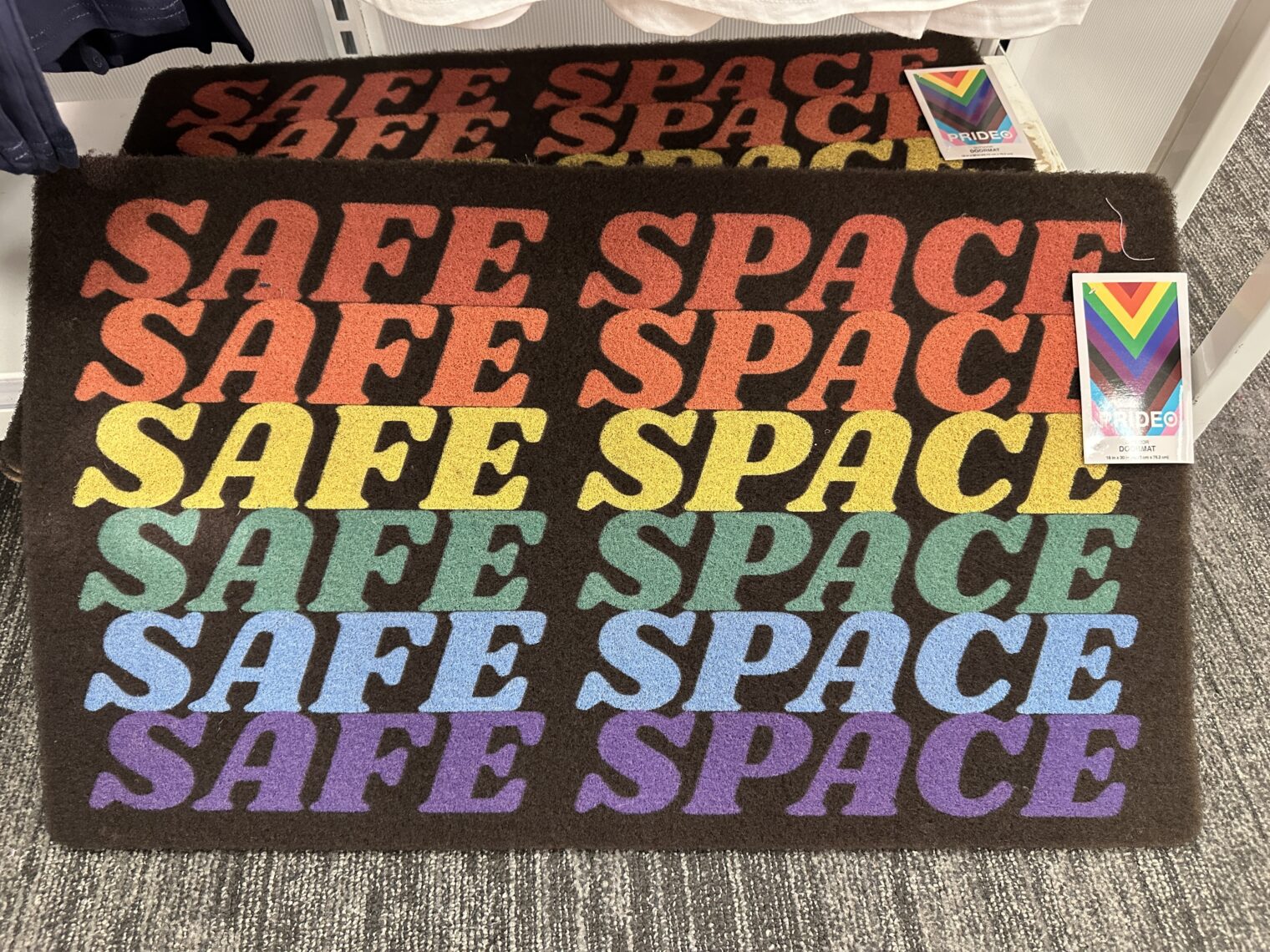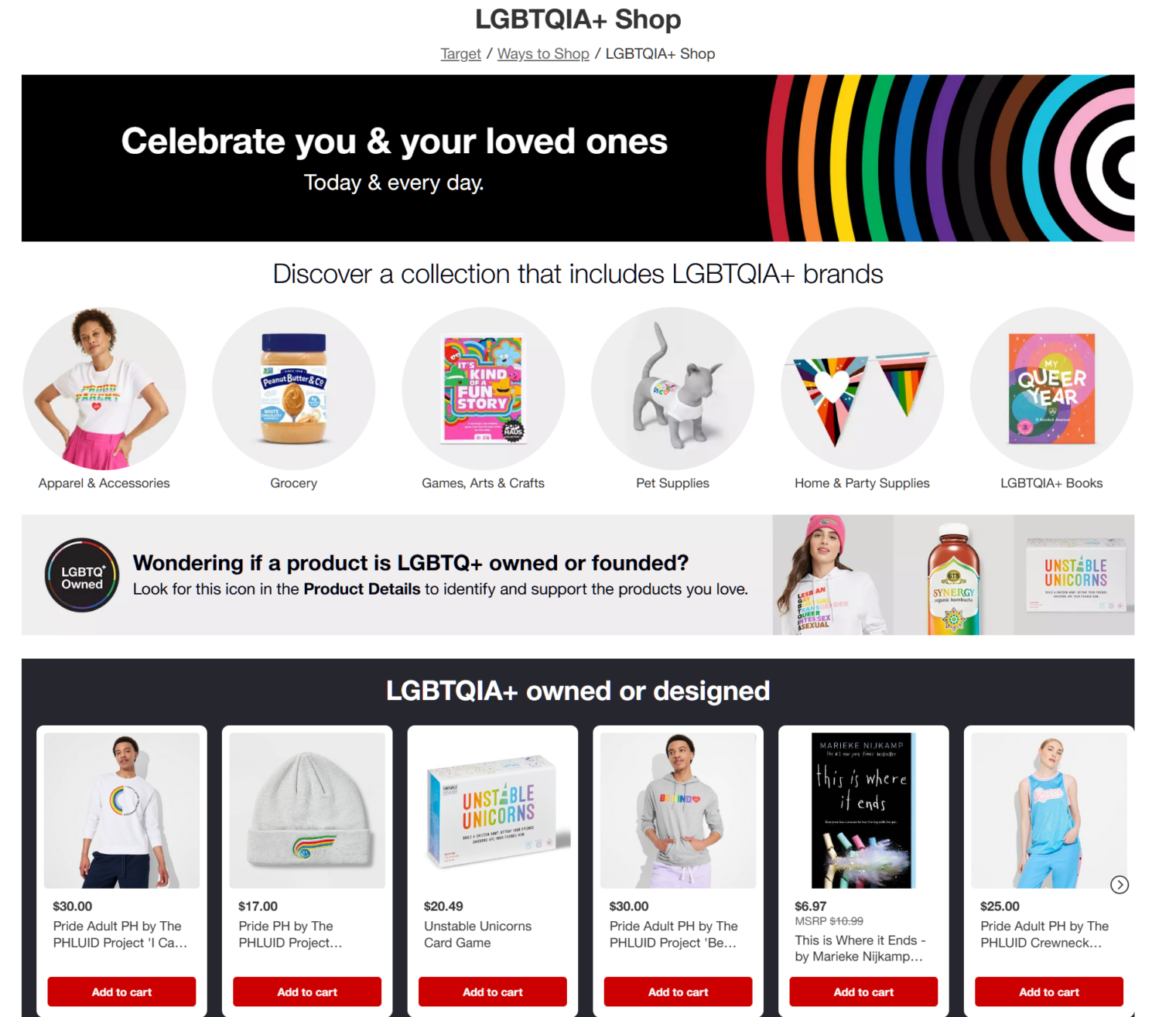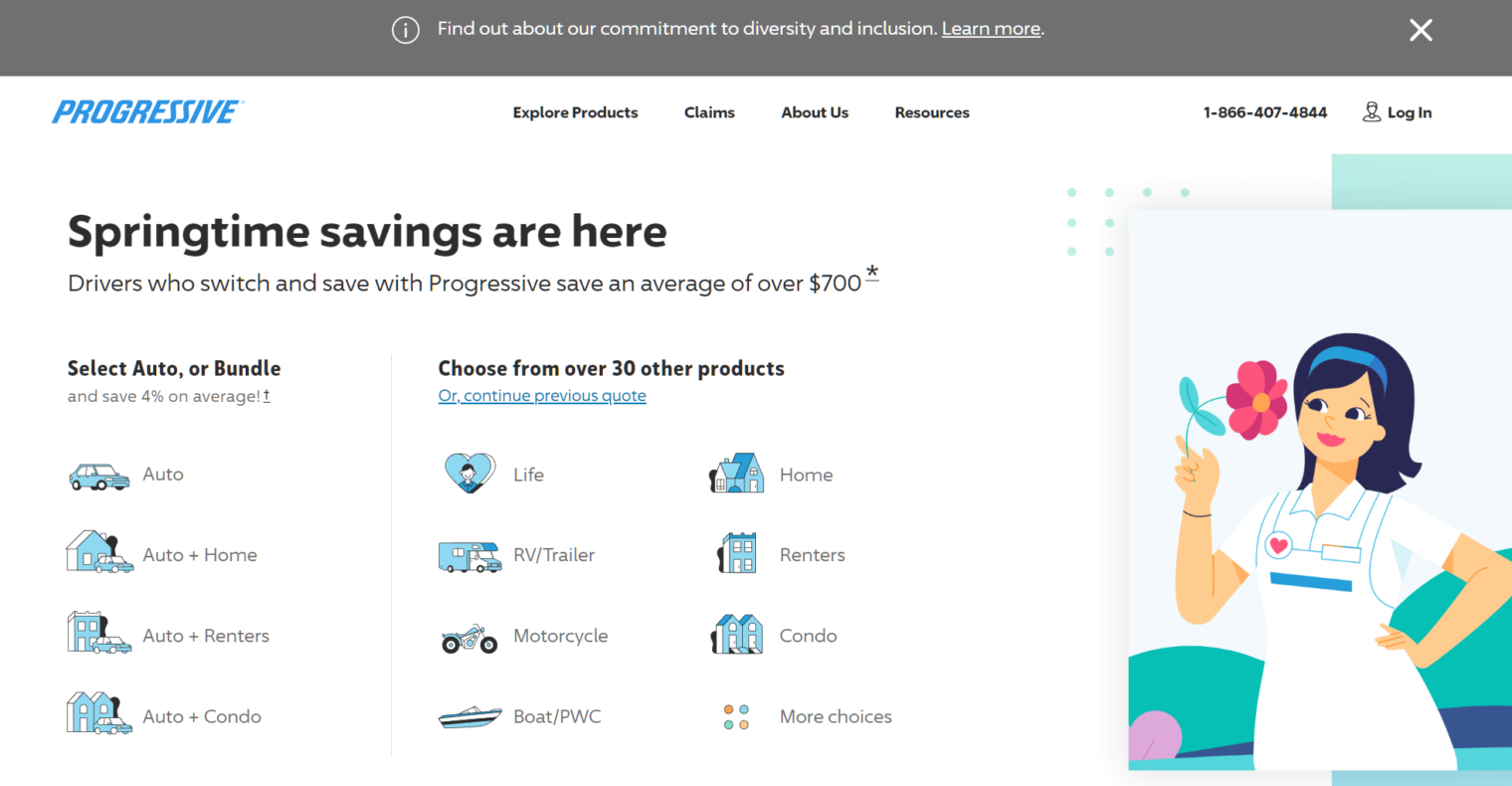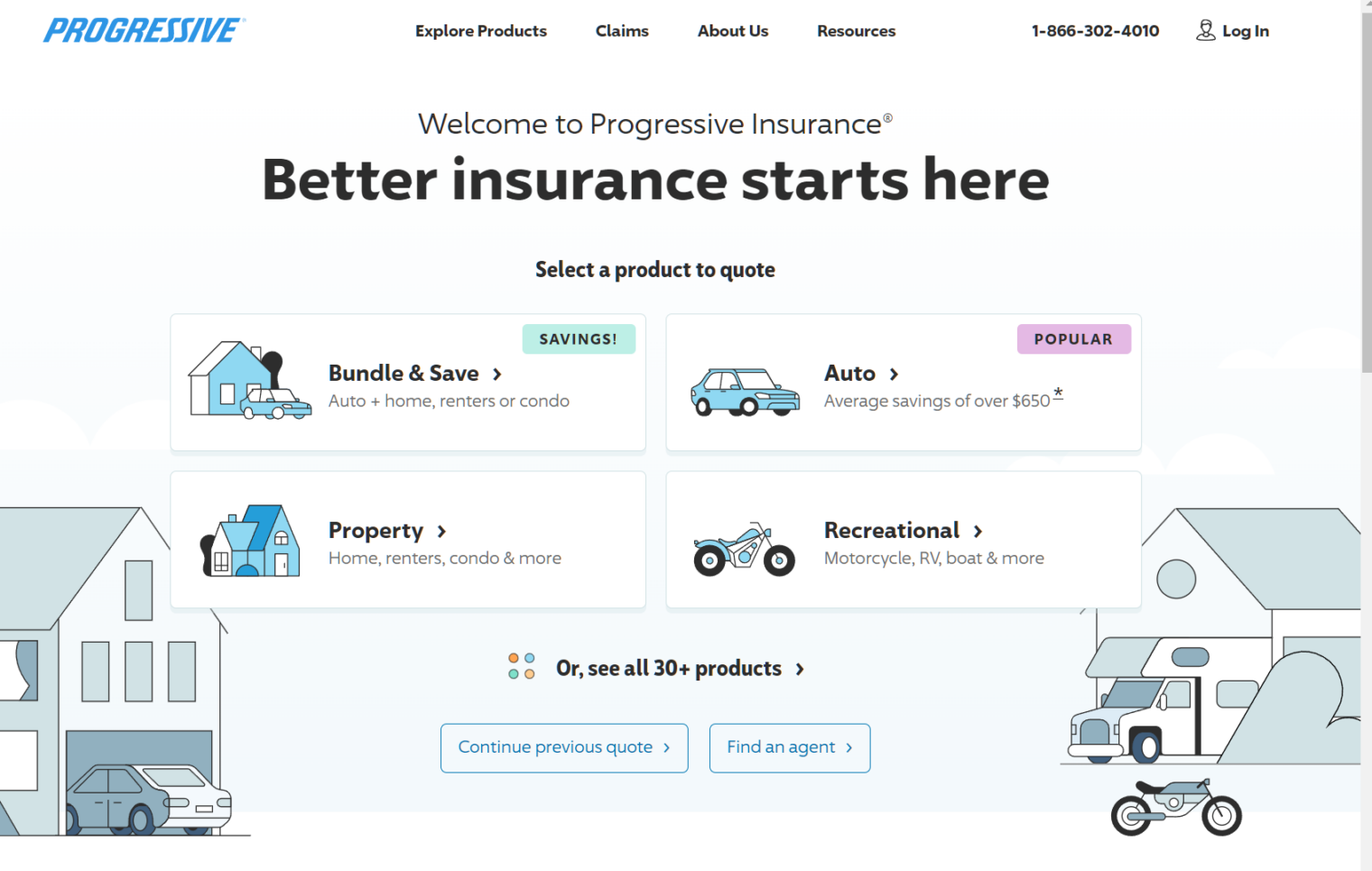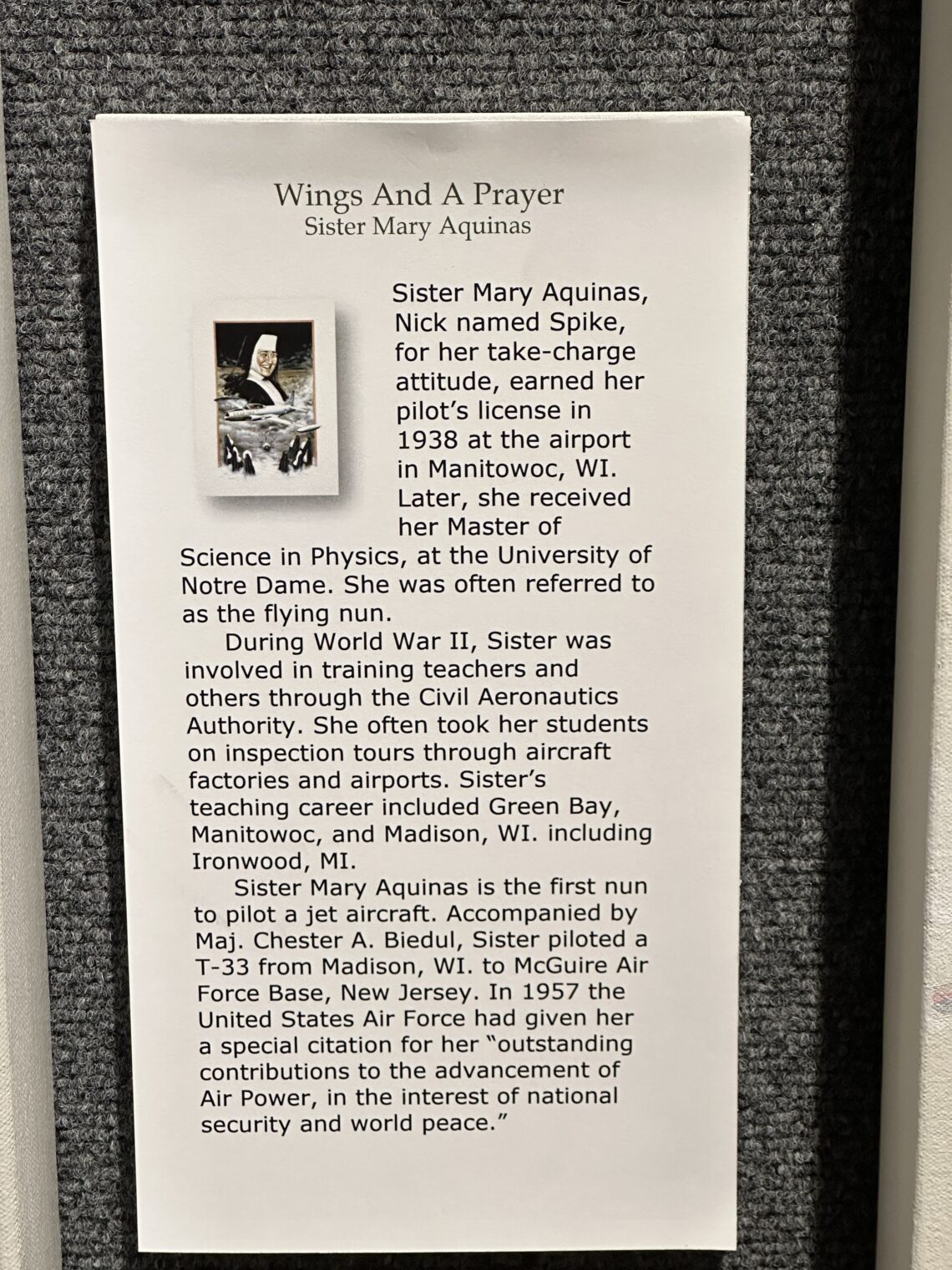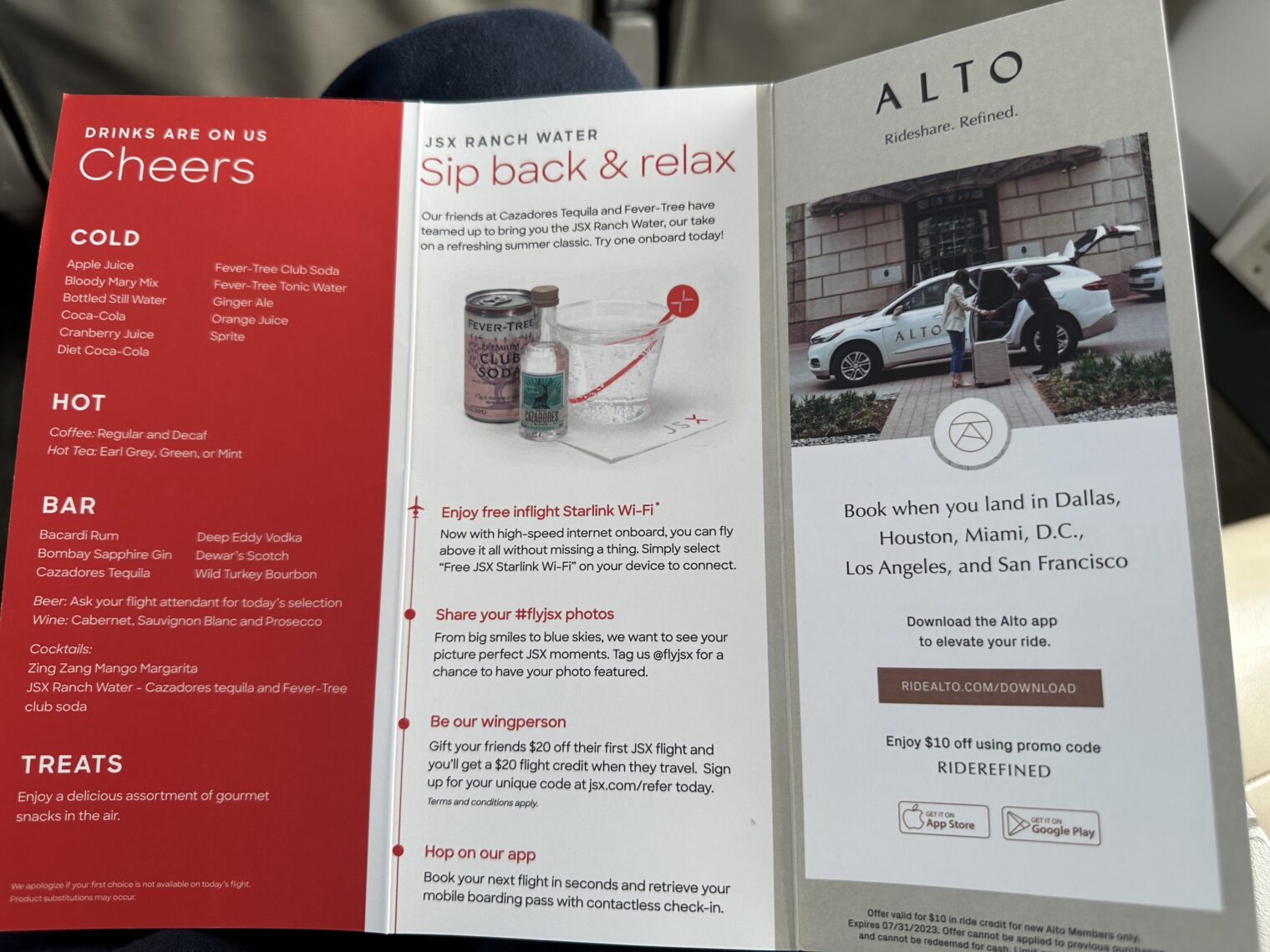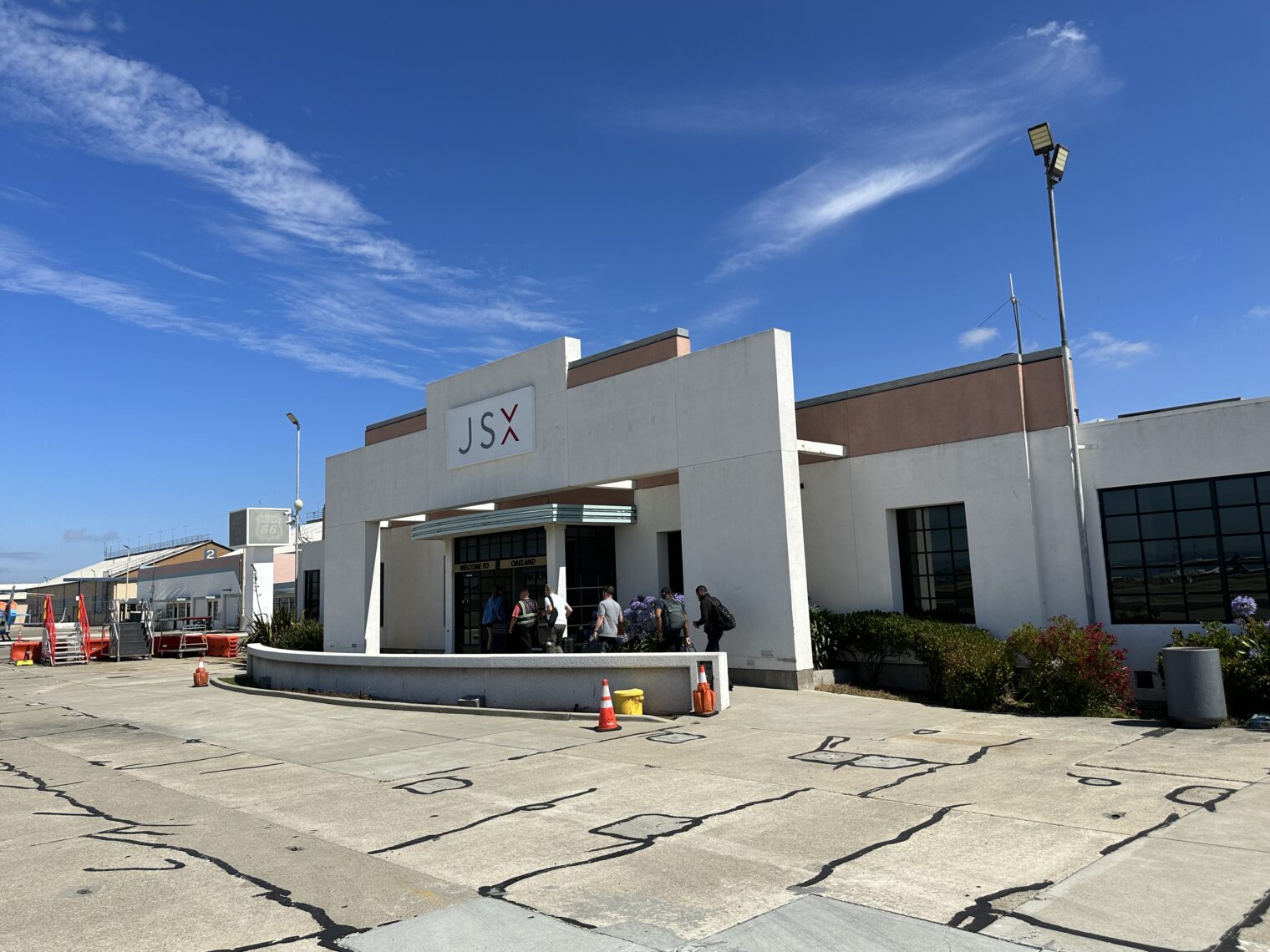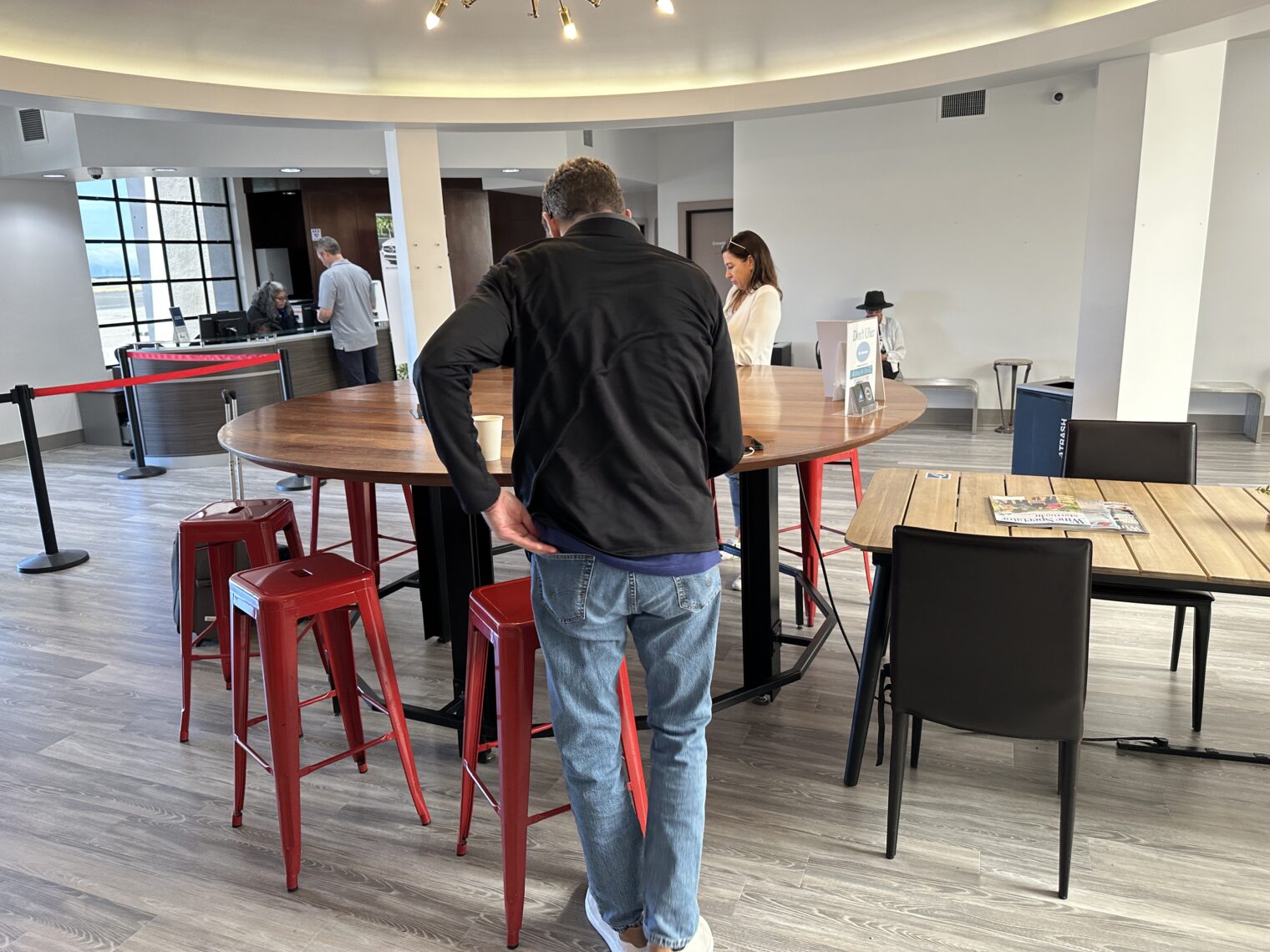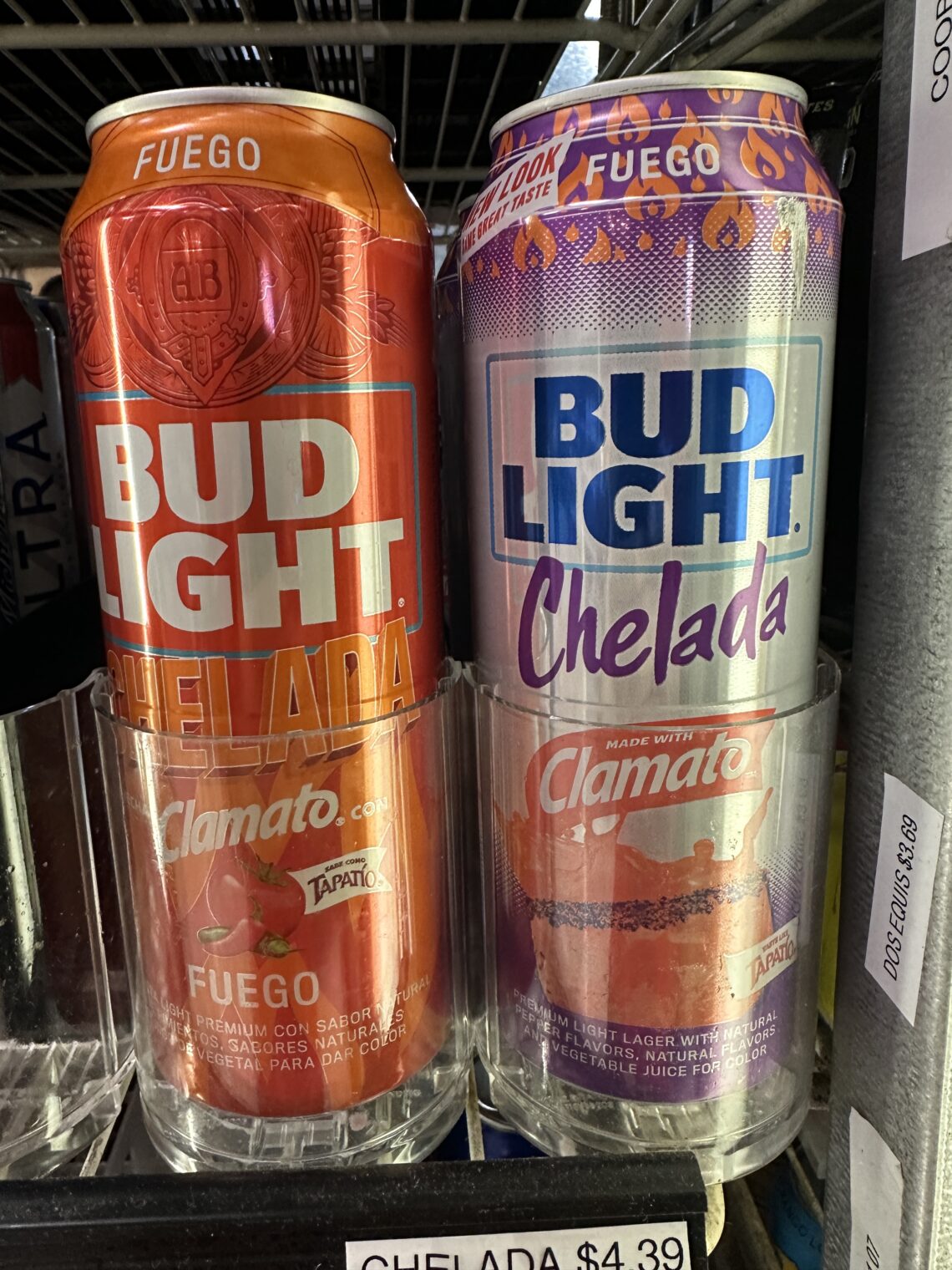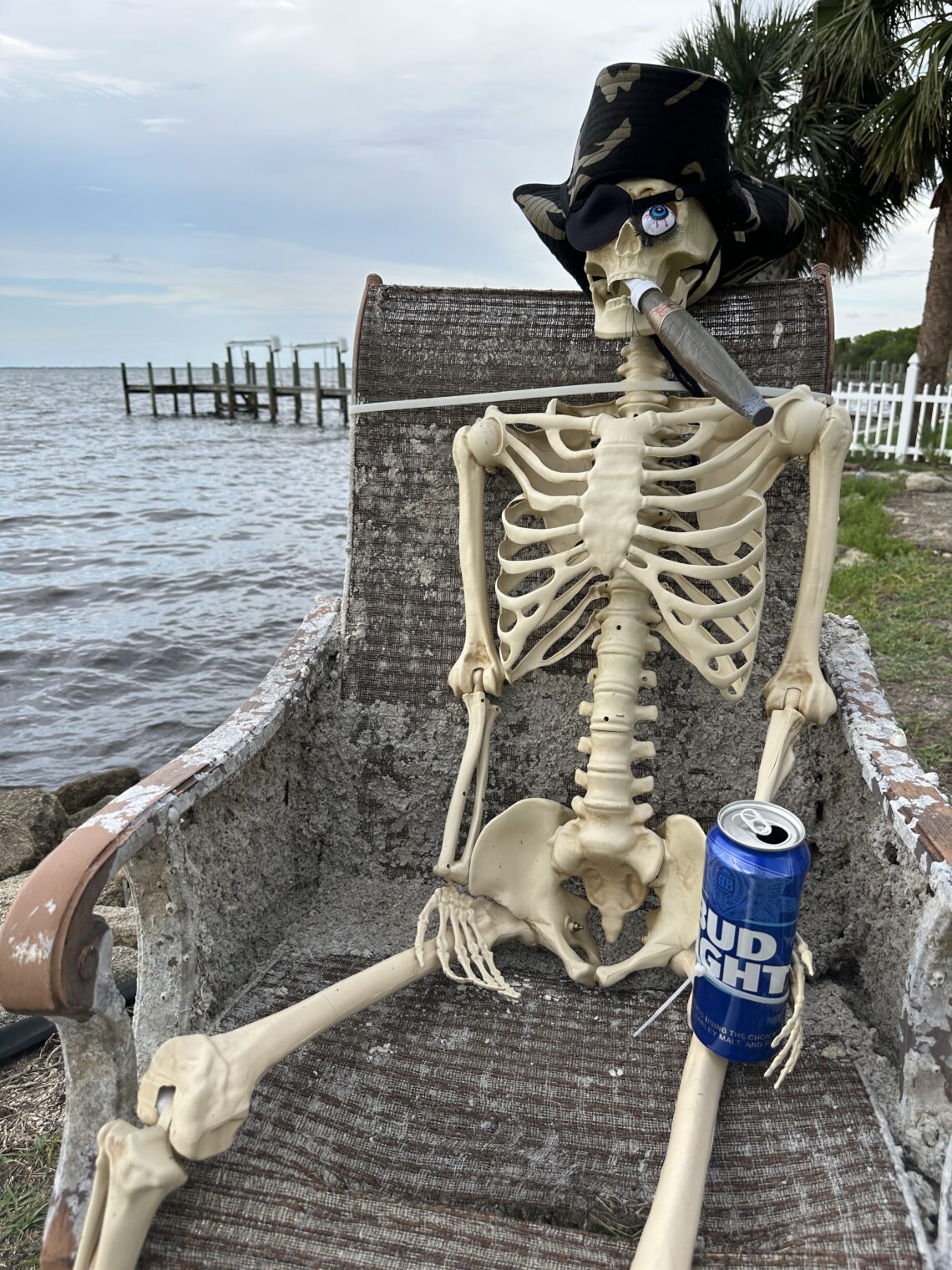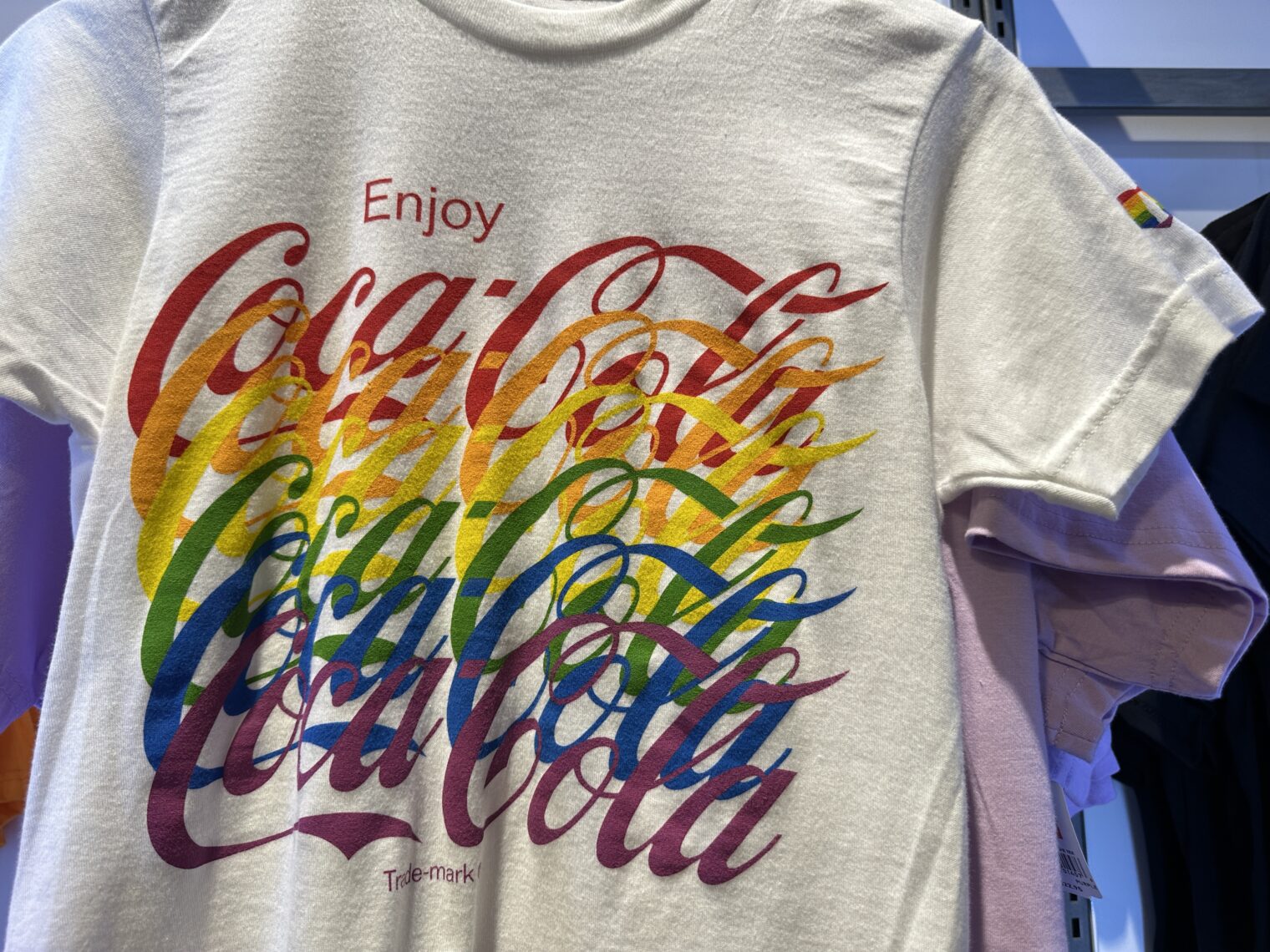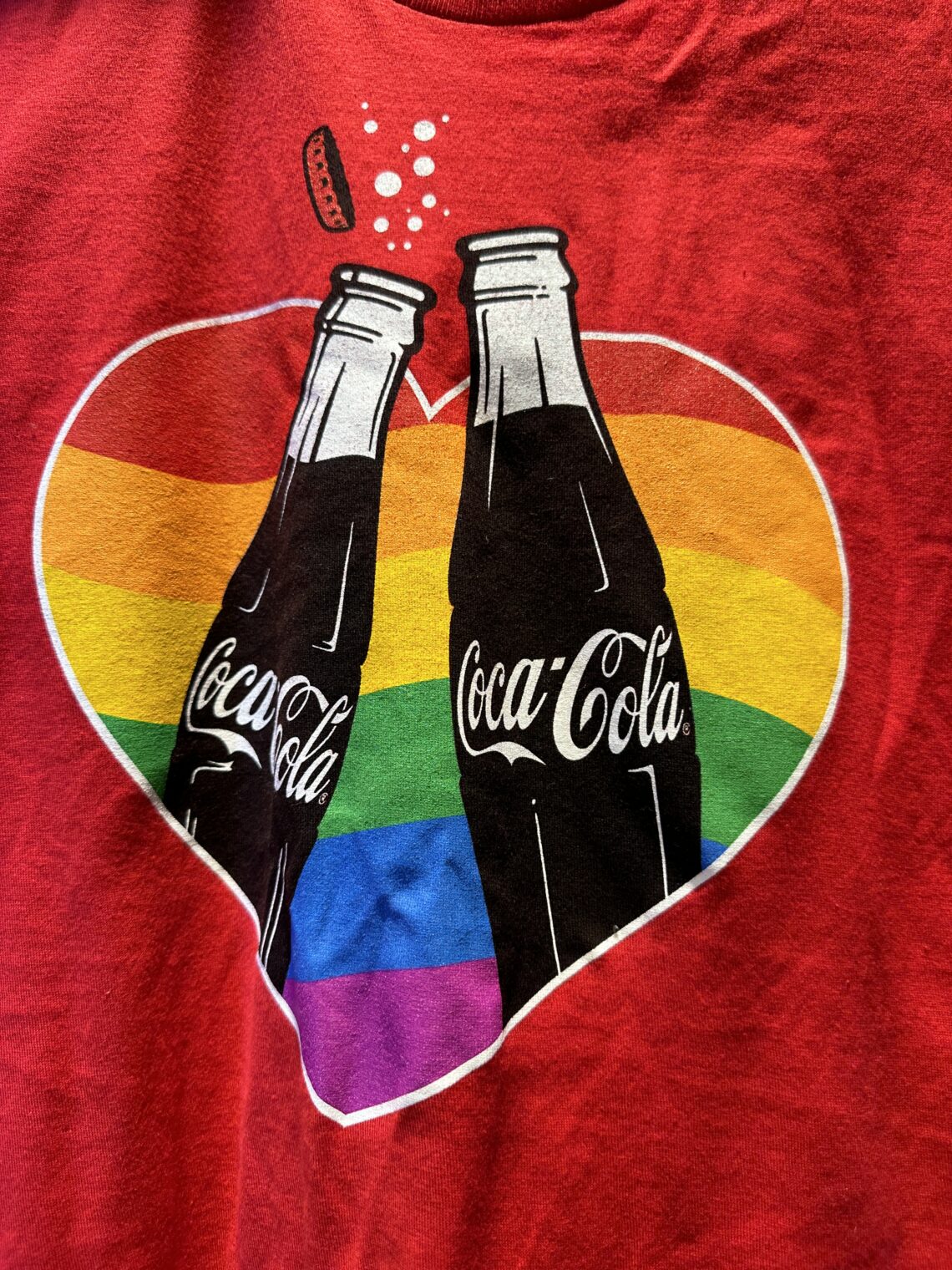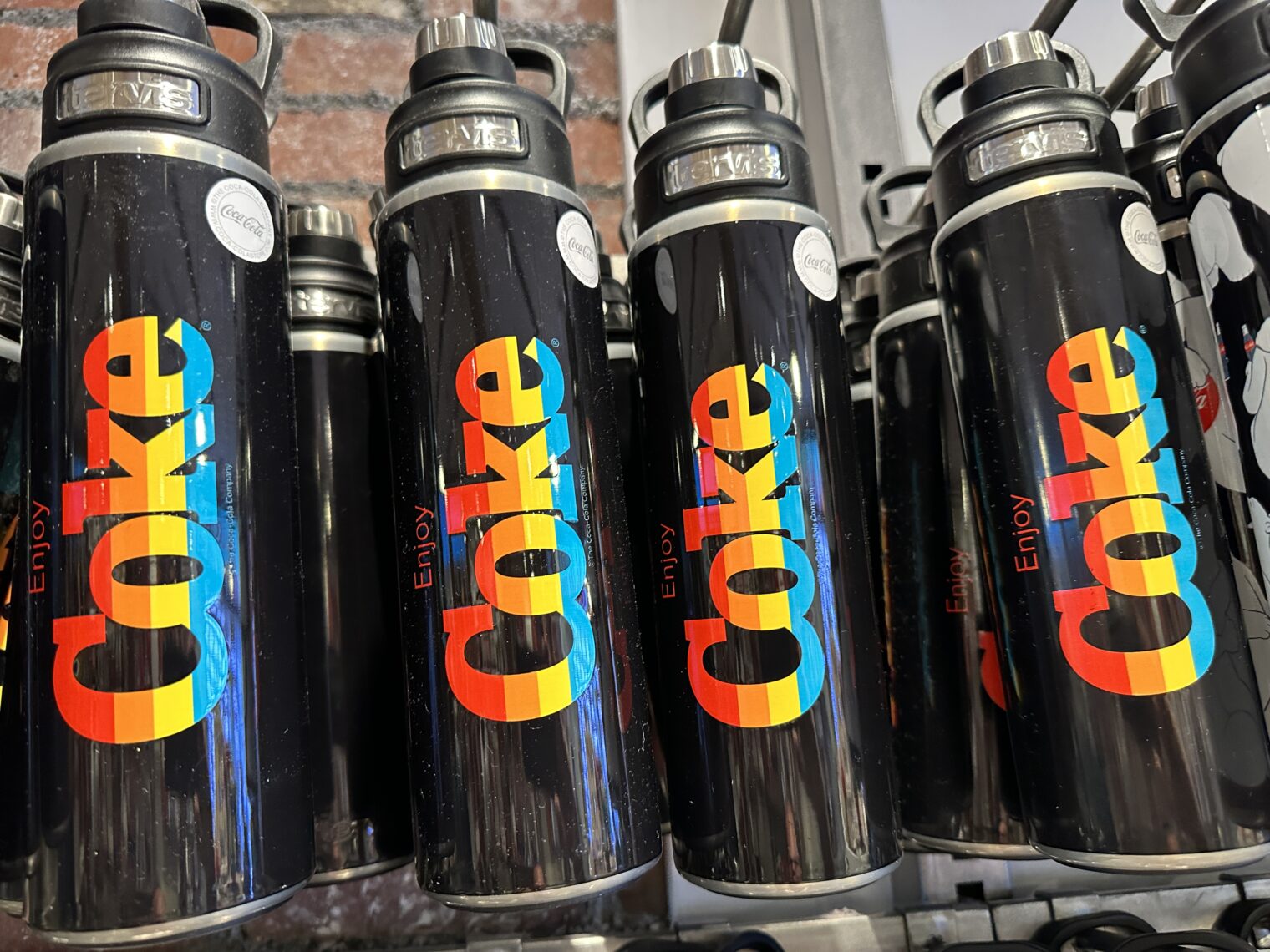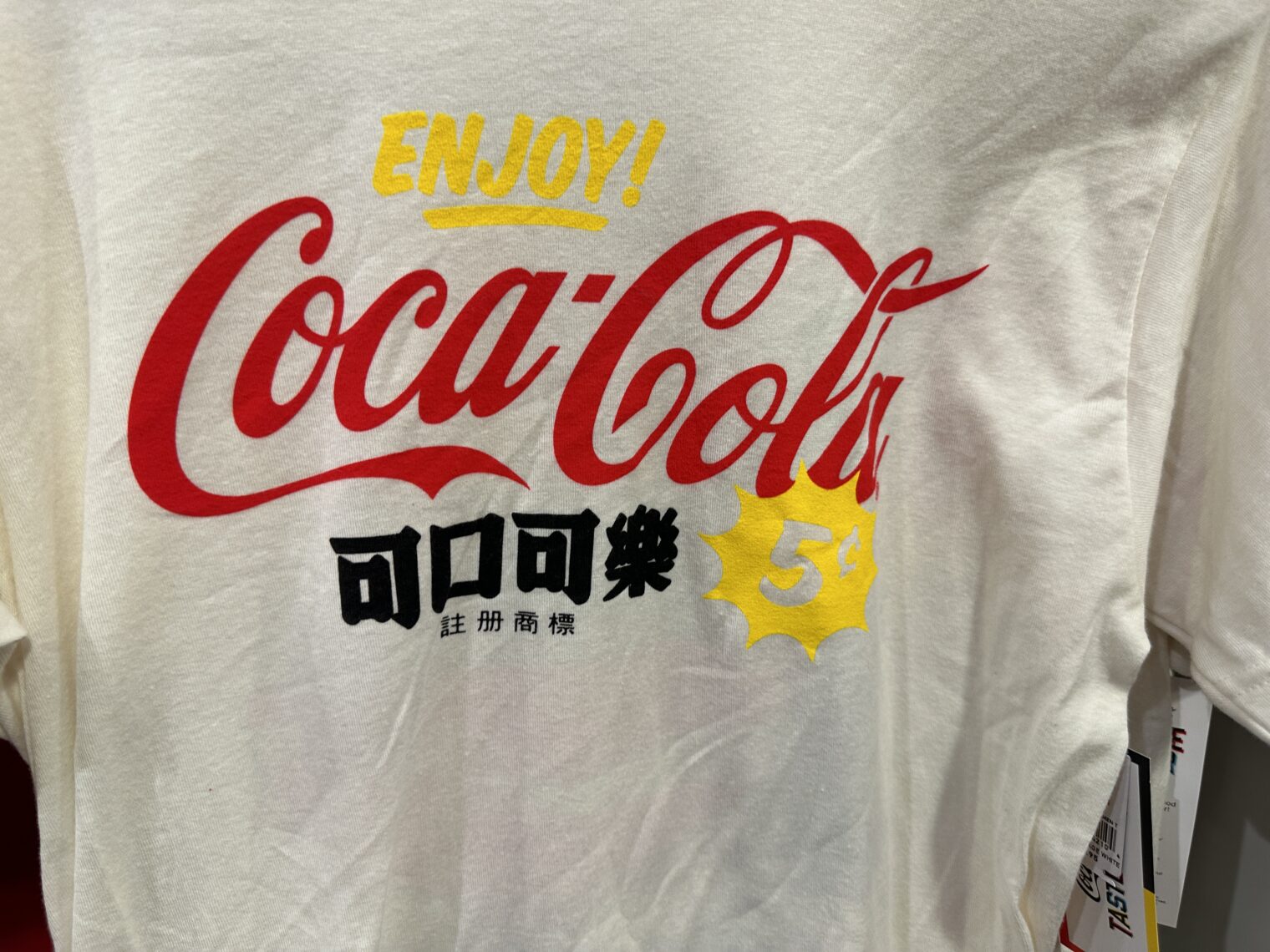Target this Pride
How is everyone’s Pride Month going?
I visited Target near the Raleigh-Durham (North Carolina) airport last month. What are they offering this Pride? My favorite item was this doormat, eminently suitable for a hangar door or for an FBO to place at the bottom of airstairs:
Who could possibly argue against the interior of an aircraft or hangar being a “space space”?
Compared to last year in Montana, Target was not promoting Pride wear in kid/toddler sizes. Adult XS was the smallest that I saw.
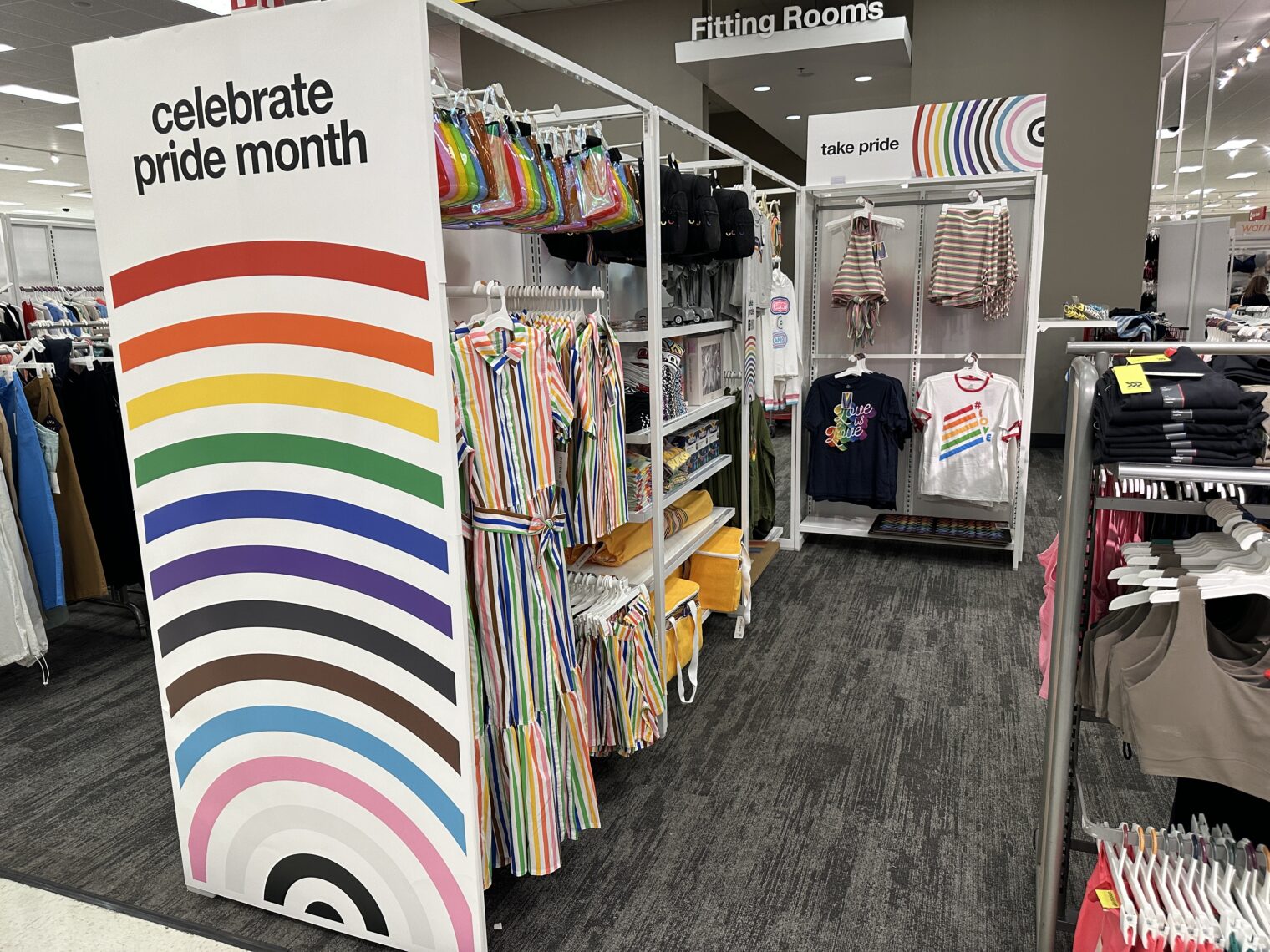
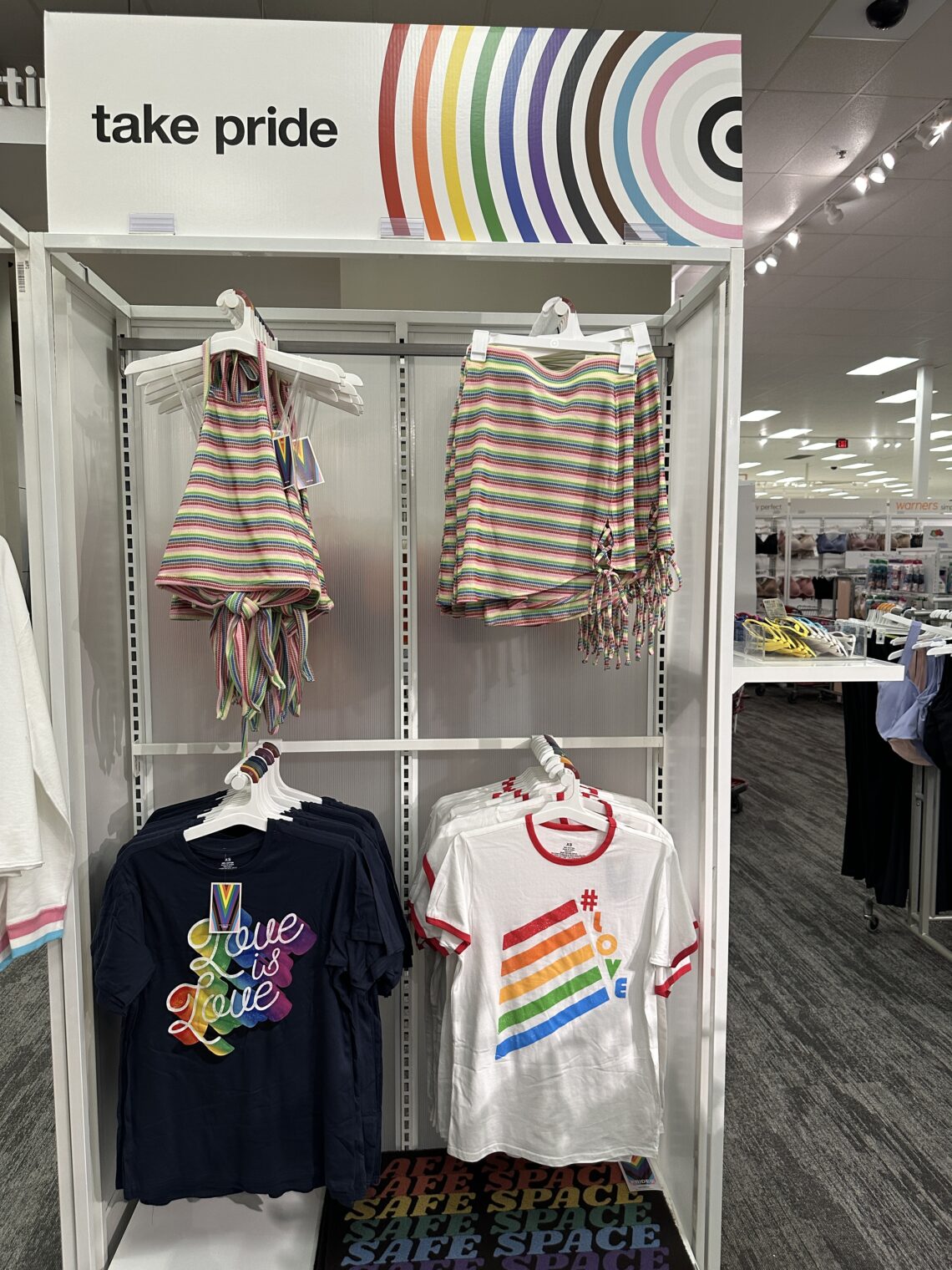
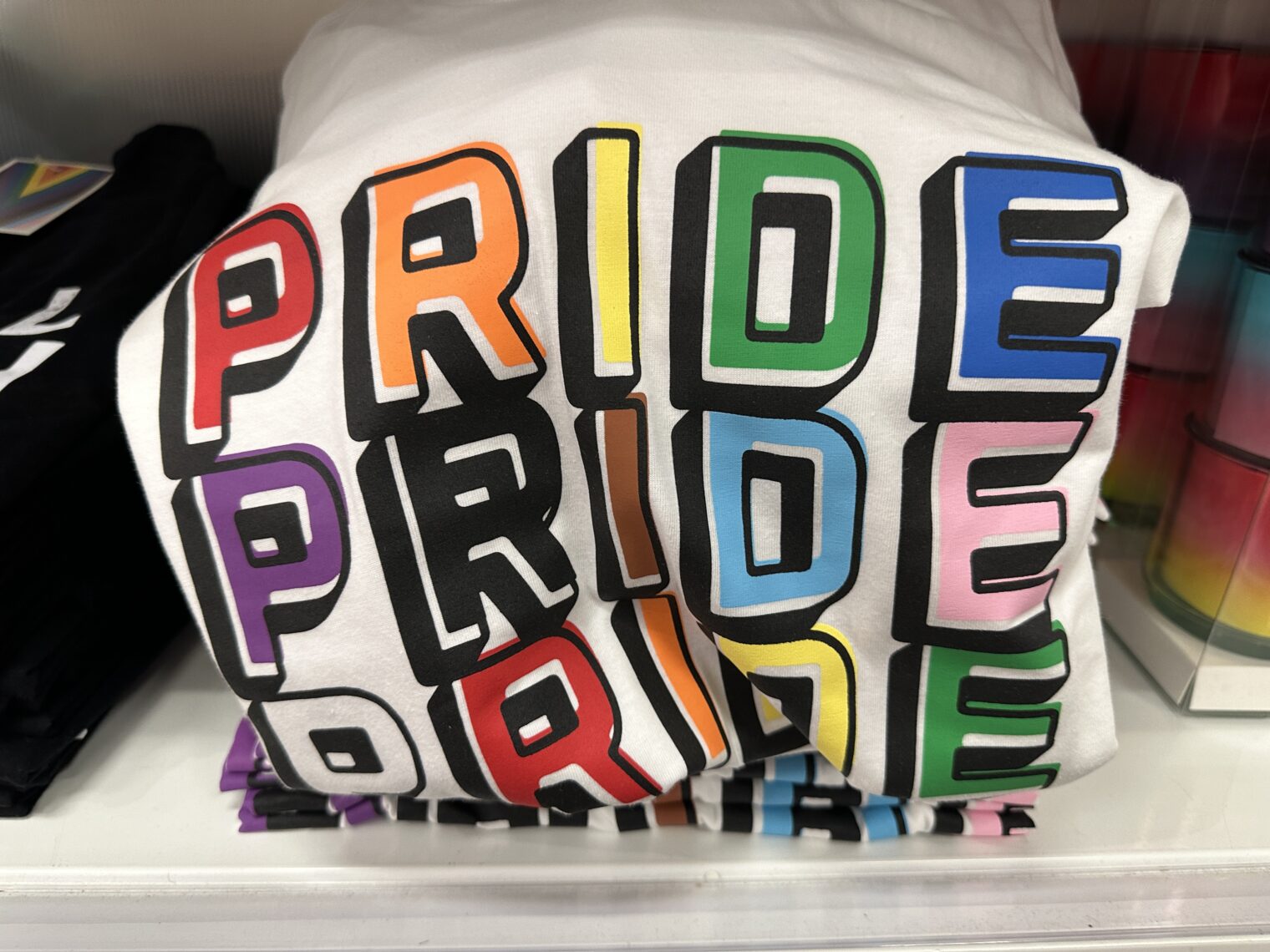
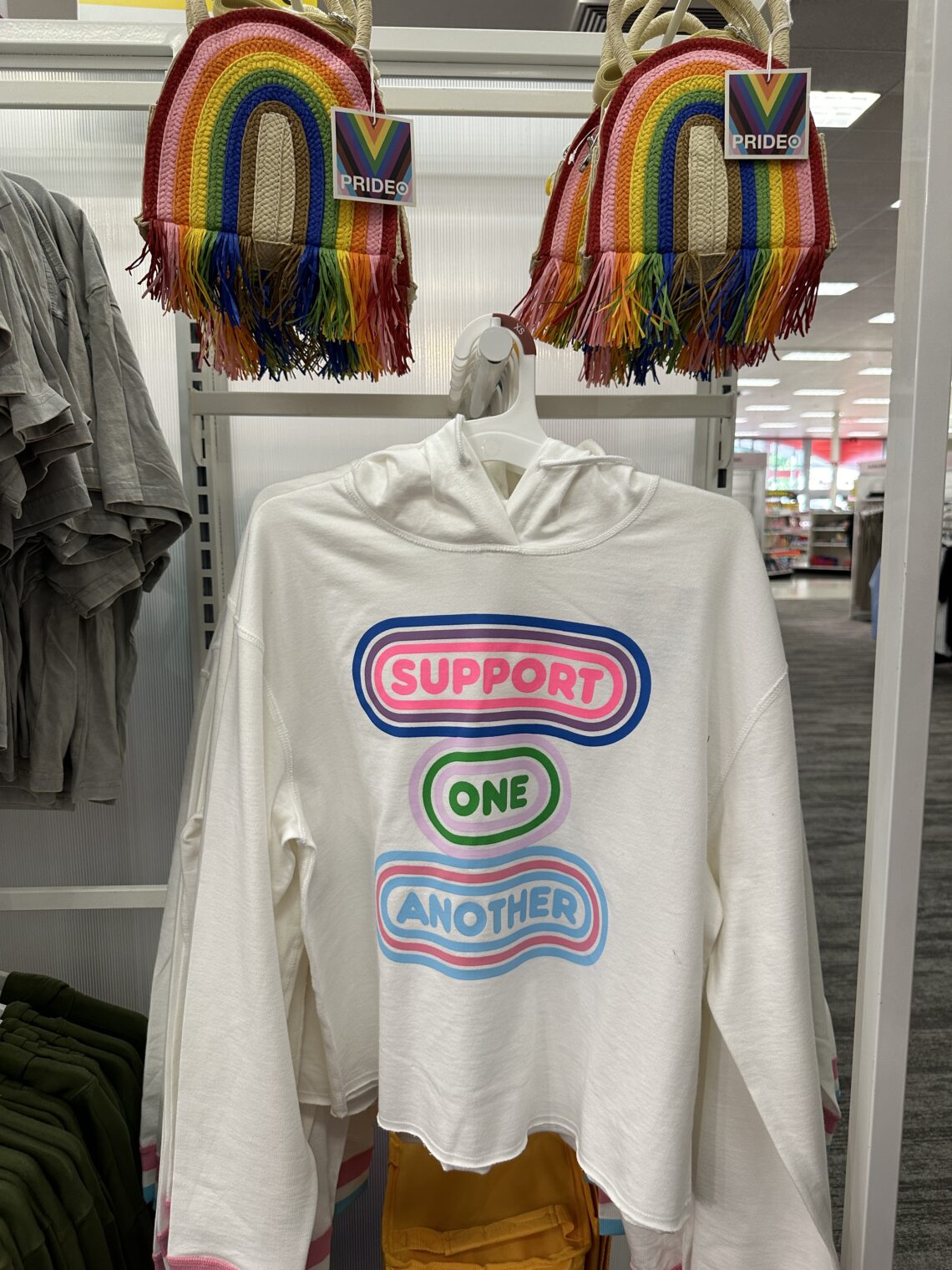
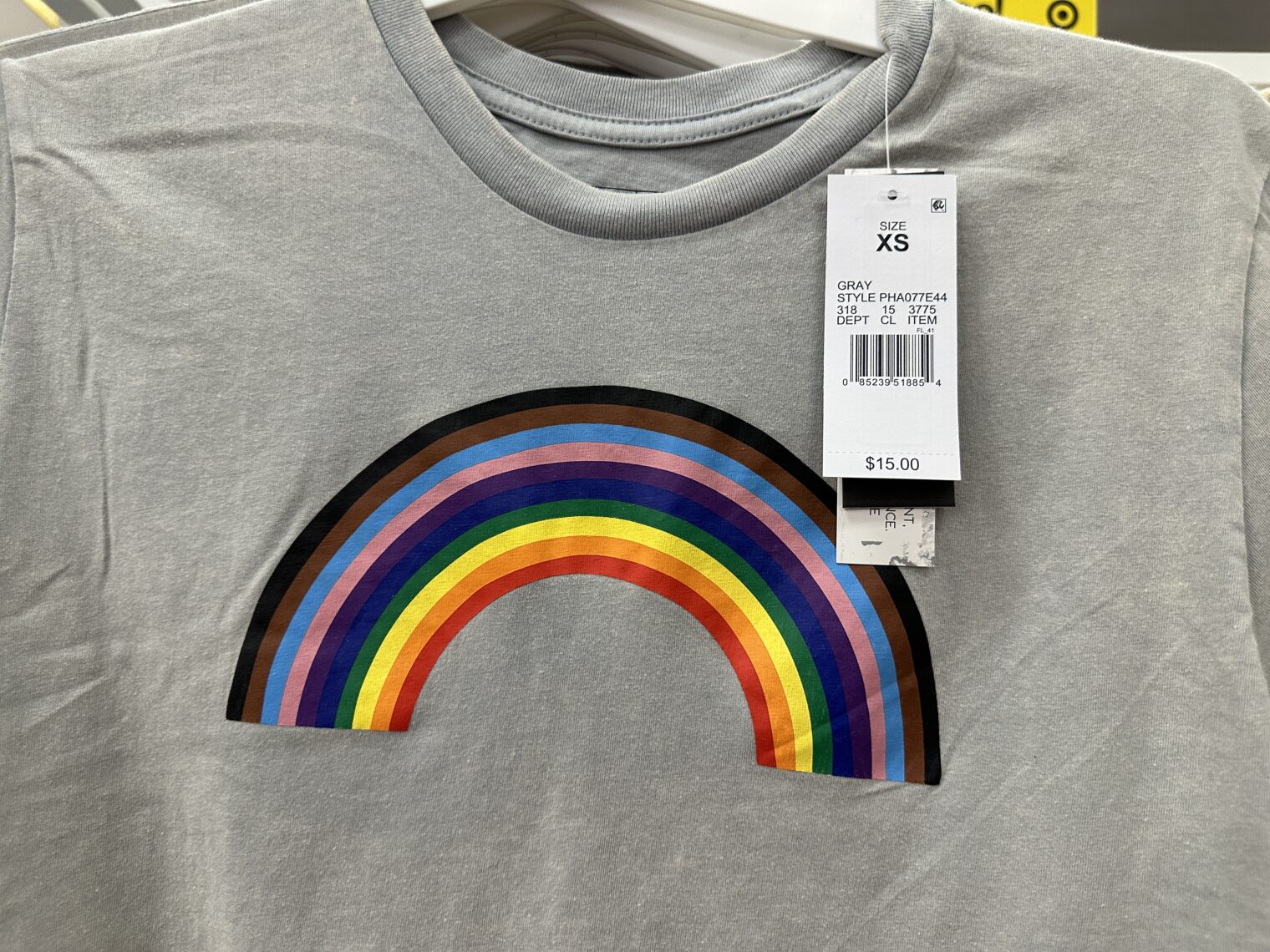
I noticed quite a few shoppers who appeared to be observant Muslims, e.g., women who were completely covered in accordance with Islamic law and tradition. If Target wants to be respectful to migrants and Muslims, which I am sure that they do, is a big celebration of 2SLBTQQIA+ lifestyle the way to make observant Muslims feel comfortable bringing their children into the store?
Returning to the merchandise… my favorite shirt was the Love is Love shirt, but I don’t see that on the front page of Target’s LGBTQIA+ Shop (not 2SLGBTQQIA+?):
If we dig deeper, though, I think this might be it:
Perfect for walking the golden retriever!
Meanwhile, across the pond Marks and Spencer may be welcoming observant Muslims with the LGBT sandwich (seems to have been introduced in 2019 and it is unclear whether they’ll still selling it in 2024):
I would love to see a 2SLGBTQQIA+ sandwich. What would we need to add?
- 2S = two slices of bread
- QQ = Quinoa and Quark (the German cheese/yogurt/whatever)
- I = Iberico (Spanish ham)
- A = Arugula (always good to have more greens)
- + = Black Pepper
Related:
- Is LGBTQIA the most popular social justice cause because it does not require giving money? (in which I note that this is the perfect cause for a corporation that wants to maximize profit)
- LGBTQIA+ is a popular cause with employers because it cuts parental leave costs? (some added benefit to American employers who’ve been coerced into paying for millions of years of work by employees who are at home with their children (“parental leave”))
